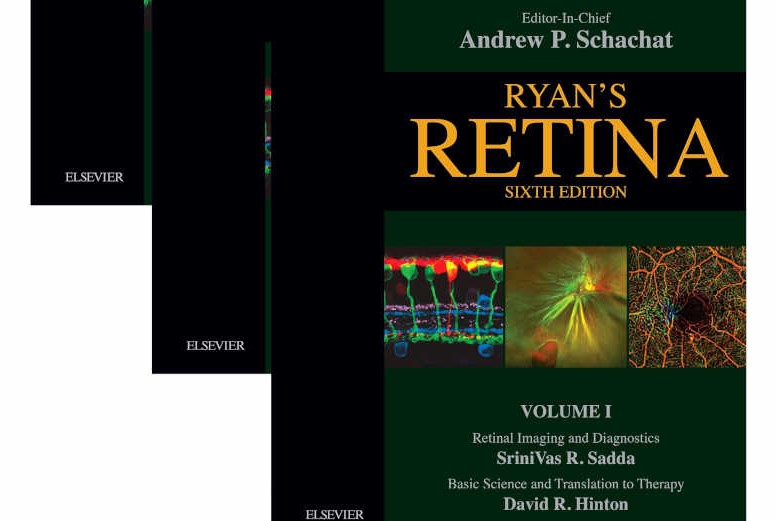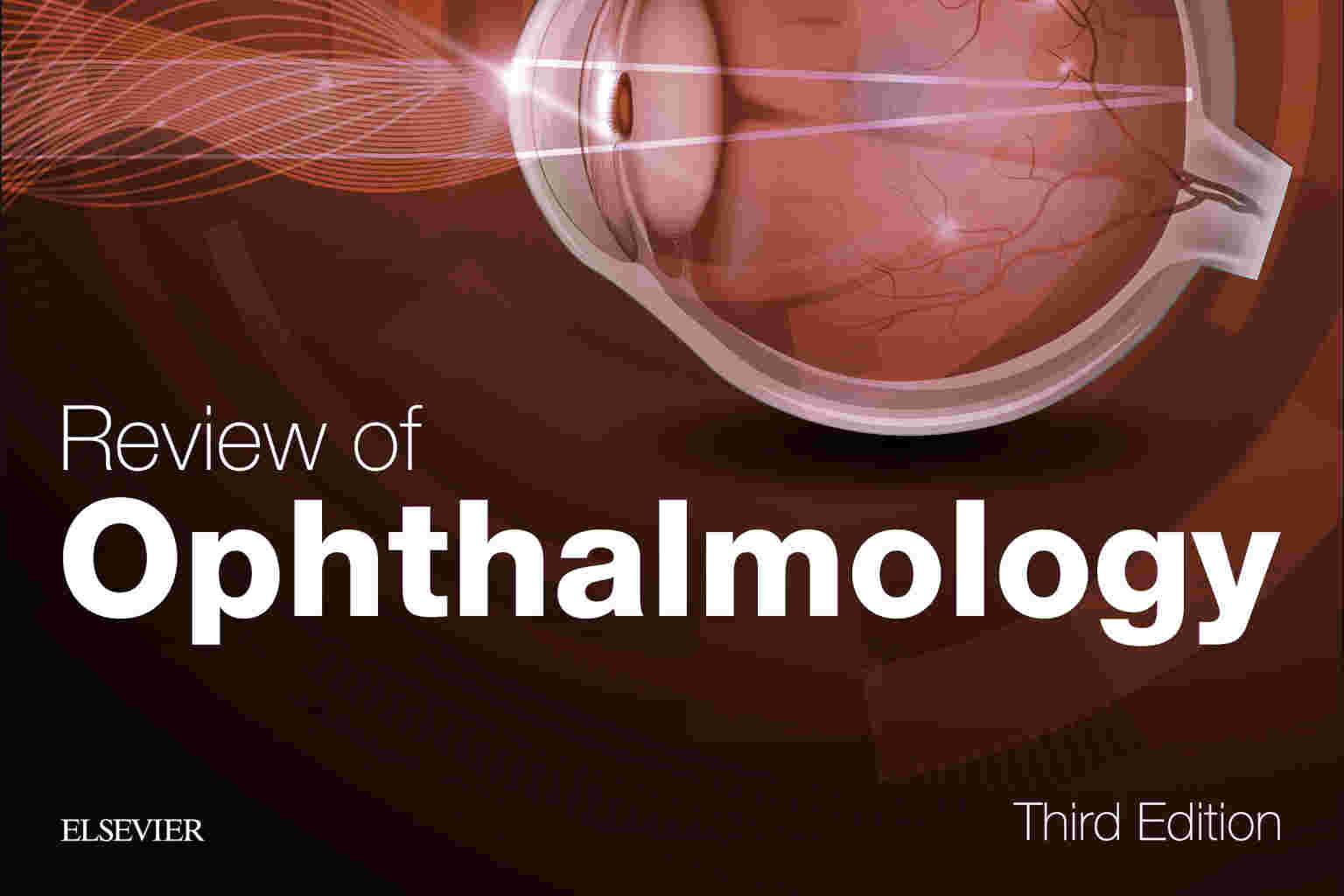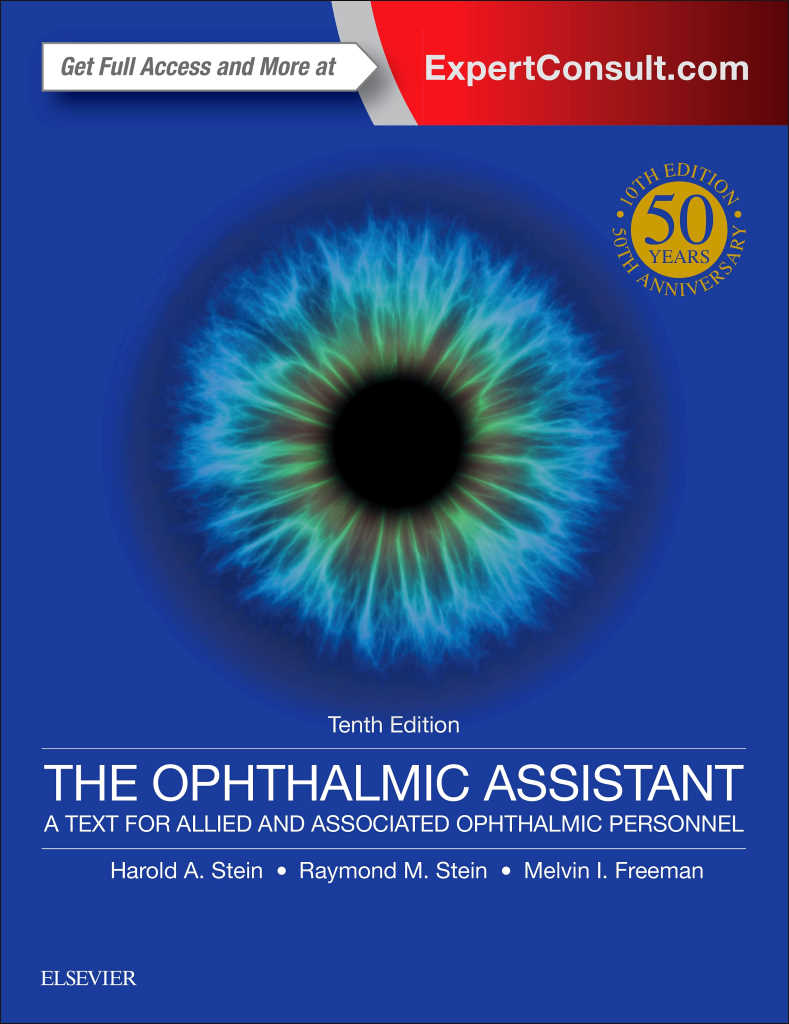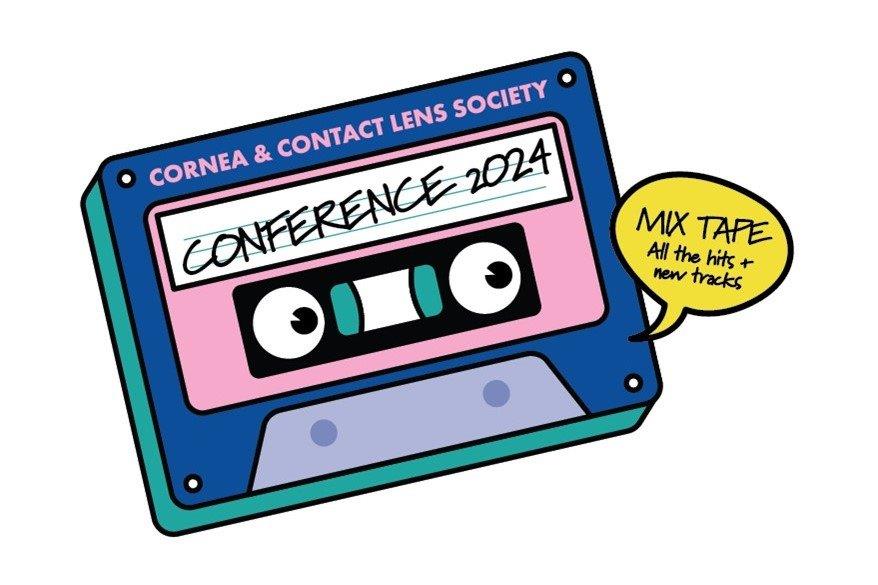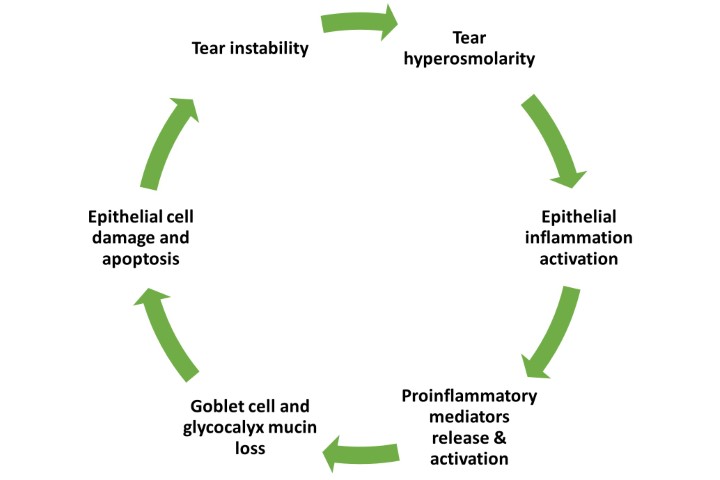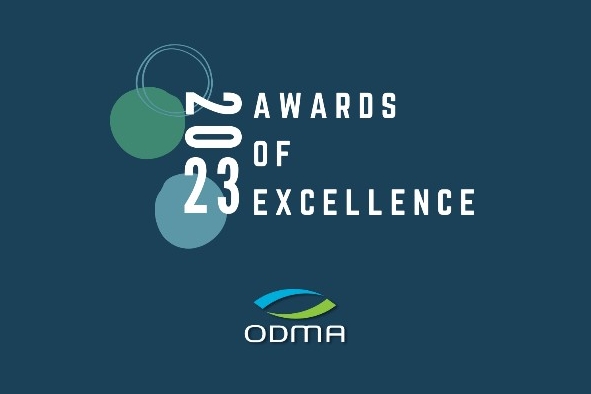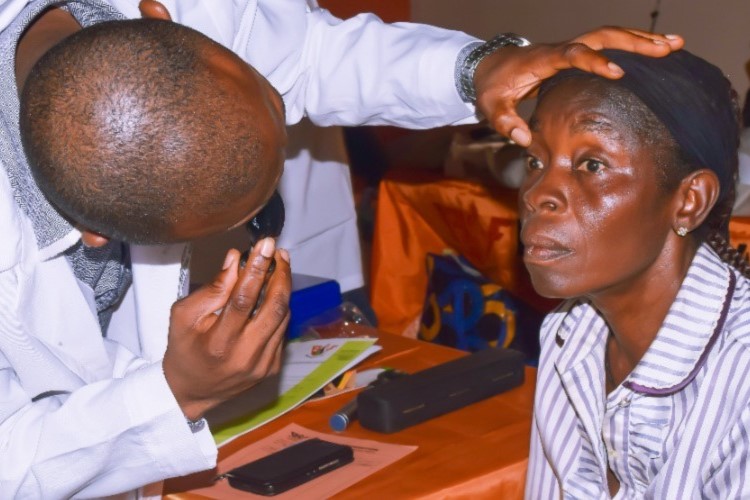Book Review – Ryan’s Retina, sixth edition
By Drs Andrew P. Schachat, Charles P. Wilkinson, David R. Hinton, SriniVas R. Sadda and Peter Wiedemann
Reviewed by Dr Monika Pradhan
Ryan’s Retina is recognised internationally as one of the most comprehensive resources for the study of retinal diseases and hence I approached this textbook with excitement and eager anticipation. True to its reputation, it did not disappoint and I was soon engrossed in its crisp new pages.
Since Dr Stephen Ryan first published it in 1989, the authors have tried to produce new editions every five years to keep up with the rapid advancements in medical diagnosis and treatment. This sixth edition has aimed to add contemporary information with new chapters in each section of the book while removing the more dated aspects that have now become obsolete.
With 160 chapters over three volumes and 2681 pages, this is definitely not light bedtime reading. However, as the authors propose, it encompasses all aspects of retinal disorders, including retinal imaging and diagnostics, basic science and translation to therapy, medical retina and uveitis, surgical retina and tumors of the retina, choroid and vitreous. Over 300 retinal experts, from all over the world, have contributed as authors. In addition, there is a very handy eBook to entice digital readers that can be accessed on multiple devices and has additional online material together with 40 videos.
There are beautiful illustrations and clinical photographs included throughout the text, complementing the subject matter. The imaging section has been updated with the latest diagnostic techniques including autofluorescence imaging, OCT angiography, wide-field imaging and even intraoperative OCT. The medical retina volume is replete with the usual suspects such as age-related macular degeneration, diabetic retinopathy and retinal vascular diseases, but also has some very interesting chapters on rarer entities, such as drug toxicity, pregnancy-related retinal pathology and traumatic chorioretinopathies. The surgical retina chapters are comprehensive, highlighting various challenges encountered during vitreoretinal surgery and successful strategies to manage them effectively. While the majority of the surgical videos are of high quality and accompanied by audio narration. I particularly found the videos of transscleral resection of choroidal melanoma, removal of a large intraocular glass foreign body and implantation of an Argus II array in a patient with rod-cone dystrophy quite fascinating.
My only minor criticism of this publication would be that the uveitis section is slightly lacking with the omission of a major entity namely Behçets disease. Manifestations of newer viral afflictions such as Ebola and Dengue are also missing. In addition, a chapter on recent developments in immunomodulatory treatments would have been quite useful. However, it can be argued that these topics would be more in the domain of an exclusive uveitis text.
In summary, the sixth edition of Ryan’s Retina is an excellent reference text for medical and surgical retina specialists, trainees undertaking retinal subspecialty fellowships as well as any ophthalmologist wanting to quickly update their knowledge on a particular retinal pathology. It should certainly occupy a prime position in all institutional ophthalmology libraries.
Dr Monika Pradhan is a consultant ophthalmologist at Greenlane Clinical Centre and the Manukau Superclinic in Auckland, New Zealand, specialising in medical retina and vitreoretinal surgery. She also practices at Eye Surgery Associates in Auckland.










